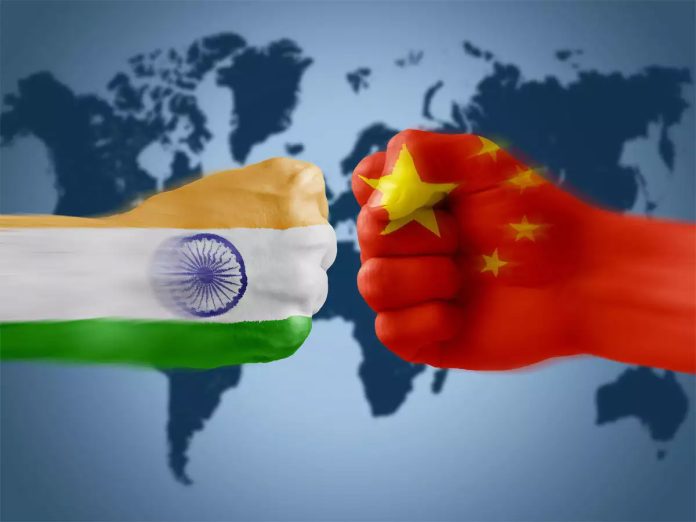The recent meeting between Indian and Chinese diplomats regarding the ongoing border tensions in Ladakh offered a glimmer of hope but resulted in no concrete breakthroughs. While both sides agreed to maintain communication and work towards “complete disengagement,” substantial progress seems elusive. Against a backdrop of geopolitical complexities and historical grievances, the 29th meeting of the Working Mechanism for Consultation and Coordination on India-China Border Affairs (WMCC) offers a positive roadmap for de-escalation, albeit with no immediate breakthrough. The Sino-Indian border dispute is a complex web of territorial claims, historical grievances, and strategic interests. The Sino-Indian border dispute stretches back decades, with disagreements over the poorly defined LAC. The 2020 clashes in the Galwan Valley marked a significant escalation, raising concerns about a full-blown military confrontation. Since then, a series of meetings and military disengagements have aimed to de-escalate tensions.
The latest talks in Beijing highlight a cautious approach from both sides. The agreement to maintain regular contact indicates a recognition of the need for continuous dialogue. However, the lack of specifics regarding disengagement plans and timelines raises questions about the effectiveness of these talks. The fact that both sides have agreed to maintain regular contact through diplomatic and military channels reflects a shared recognition of the imperative to prevent any further deterioration of the situation on the ground.
India’s stance remains firm. The statement from the Ministry of External Affairs emphasises the need for “complete disengagement” and upholding existing agreements. This reflects India’s commitment to maintaining its territorial integrity. China, on the other hand, seems to be downplaying the issue. Their statement emphasises “progress made” and the need for a “normalised phase of control and management”, an attempt to portray the situation as less critical than it is.
Further complicating the situation are underlying strategic concerns. China’s growing assertiveness and its close relationship with Pakistan cast a shadow over India’s security calculus. Additionally, the unresolved border dispute hinders economic cooperation and regional stability. Moving forward, several steps are crucial for achieving a lasting resolution. the situation demands both sides commit to genuine transparency. Sharing detailed disengagement plans and timelines would build trust and demonstrate a genuine desire for peace. Additional confidence-building measures (CBMs) are essential. These could involve military hotlines, regular patrol schedules, and joint military exercises aimed at fostering understanding and preventing misunderstandings. The most important thing is to focus on diplomatic channels. Special representatives or dedicated working groups could be established to hold regular talks and explore creative solutions.
Crucially, the recent talks between India and China highlight the need for sustained engagement and pragmatic diplomacy. While incremental progress may not grab headlines, it is these small steps towards dialogue and cooperation that lay the foundation for lasting peace and stability. Both nations must resist the temptation of resorting to brinkmanship or unilateral actions that could exacerbate tensions further. Instead, they must demonstrate statesmanship and foresight in pursuit of a mutually acceptable solution.
As stakeholders in regional stability and prosperity, neighbouring countries, as well as global powers, have a vested interest in promoting dialogue and de-escalation. A peaceful resolution to the border dispute would pave the way for increased economic cooperation, not just between the two nations but across the entire region. The current situation at the India-China border is a delicate balance. While the recent talks offer a sliver of hope, a long road lies ahead. Much is at stake for both countries. The only way out is to understand and respect the territorial integrity of each other. Aggressive posturing is not going to help either country. Both sides need to demonstrate a strong commitment to peaceful dialogue, transparency, and creative solutions to achieve lasting peace and stability along this strategically sensitive border.
Trending Now
E-Paper


